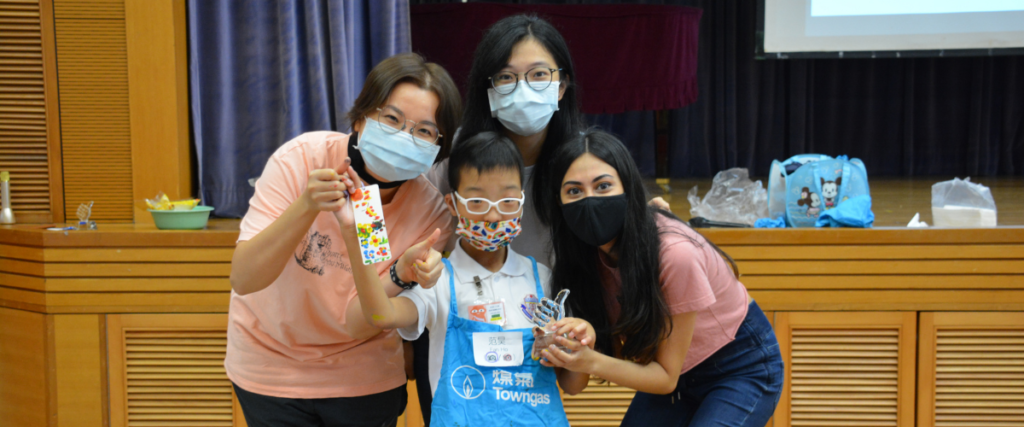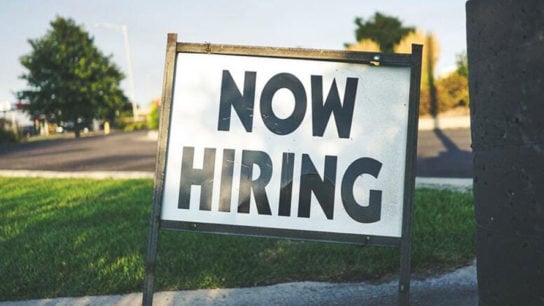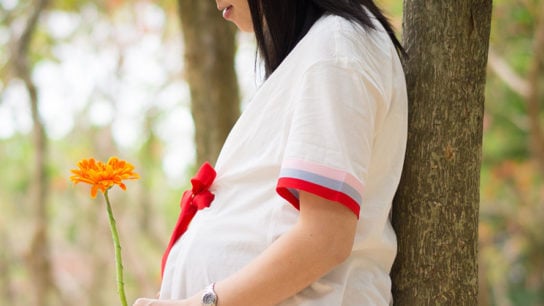11 youths, 7 countries, 1 vision. We dive into the world of Artpeace and how each of their projects explores a different art form to create awareness.
20 year old Alya Prasad and 21 year old Priscilla Fong believe that different forms of art, from dance to music, and everything in between, can go beyond barriers to create awareness. A simple conversation over a cup of coffee was all the pair needed to realise how similar their visions were.
Alya, a student in the Bachelor of Education and Bachelor of Science programme at the University of Hong Kong and Priscilla, a recent graduate from the Bachelor of Voice Performance at Yong Siew Toh Conservatory of Music at the National University of Singapore launched Artpeace (@xrtpeace) in the midst of the Covid-19 pandemic in April 2020. Since then, they have successfully conducted four projects each featuring a different art form. We spoke to Alya and Priscilla to learn more about the work they are doing at Artpeace, the power of art in breaking barriers, upcoming projects, and how the community can get involved.

Can you tell us about Artpeace, what do you do?
“We’re a global organisation based in seven countries with eleven youths who carry one vision. We’re all passionate about arts advocacy and initiating projects that champion arts and positive social change. Our main mission has always been to use different forms of art to raise awareness and take action,” starts Alya.
“We launched in April 2020. We were drawn to using different forms of art for advocacy and positive social change. One of the first few projects we did was called ‘E-Busking’ which was a virtual concert to raise funds and awareness. We’ve also done a project called ‘Project Artpiece’ where we partnered with undergraduate students from different universities to work towards creating art, drama, and music workshops for refugees in Thailand, centred on English Language learning and cultural exchange,” Priscilla continued.
“Other projects we’ve done include one called ‘Frontline Beauty’ where we donated gift packages to frontline workers across Hong Kong, Singapore, and Australia. We’re currently working on another project called ‘Art5All’ right now – a series of inclusive art workshops for students with physical disabilities. It’s a really special project and we’re partnering with students across Hong Kong, Japan, Singapore, South Africa, and Australia,” she added.

How do each of your projects differ from one another?
“Each project explores a different form of art. Additionally, the groups we’re working with are from different pools around the world. The form of art varies from project to project and also by target groups,” said Priscilla.
Alya added: “If someone would like to be a volunteer or contribute to Artpeace, we usually have open calls before the start of a project on our Instagram. Our universities are also highly supportive in helping us spread the word. So when a placement comes out, that’s how they can get involved if they want tol”
How did you meet?
Priscilla began: “We met at a conference in Bangkok. It was the 2020 2nd Peace Summit of Emerging Leaders at the United Nations Conference Centre in Bangkok, Thailand. It was the first time we had a conversation over coffee and then we kept in touch via WhatsApp and that was how this whole initiative came about.”
“After leaving the conference, Priscilla and I both felt empowered and inspired to do something. When we started talking about our individual volunteering and artistic experiences, I learnt that Priscilla was super passionate about music and I’ve always loved drama – and both of us have done similar projects. So, we kind of just came together and united our forces. However, with Covid, we weren’t able to go ahead with our initial plan of doing a service trip and that kind of branched out to eventually form this organisation, Artpeace,” Alya explained.

Alya Prasad and Priscilla Fong
What are some struggles you face with hosting workshops virtually?
“Thankfully, we haven’t had a lot of challenges. I think the most significant would probably be technical difficulties. Our beneficiaries are very supportive and enthusiastic about art. It’s a pleasure to work with them,” shared Alya.
Priscilla added: “Another challenge we faced while planning this initiative was time difference. We’re all based in different parts of the world. However, as Alya mentioned, our teammates are so passionate about this that they would be willing to wake up at three in the morning for meetings.”
How has the pandemic shifted the art space in general?
There’s been fewer opportunities. I’m really interested in theatre and I’ve been a part of a lot of live shows before. But I think that’s kind of diminishing in the pandemic and it’s all moved to virtual press. However, on the bright side, we are able to have a huge audience because people can tune in from anywhere at any time around the world. So tapping into that and using different ways to reach these audiences who we usually would not do so if it’s a real-life performance has been something the pandemic has forced us to think about and push out of our comfort zones.

Frontline Beauty recipients
Can you elaborate more on the power of art?
Art has always been healing. It’s been a form of self-expression and has been something I’ve enjoyed since I was a young girl. We’ve really been able to recognise that art has the power to transcend language, cultural, and geographic barriers, which is why we’ve kind of recognised that it’s an ideal platform for social change. Which is why we’re so drawn to the idea of incorporating art into all these community engagement projects we’re trying to do.
We read that Artpeace aims to bring music and drama to underprivileged schools in Southeast Asia. How do you plan on accomplishing this?
In 2020, we discussed and we’re hoping to do a global music, arts, drama festival across different countries because we have organised team members in various parts of the world. So, we’re hoping to do this. We’re also hoping to bring the workshops that we have conducted physically for students to participate in around Asia. The pandemic has really forced us to innovate and think outside the box.
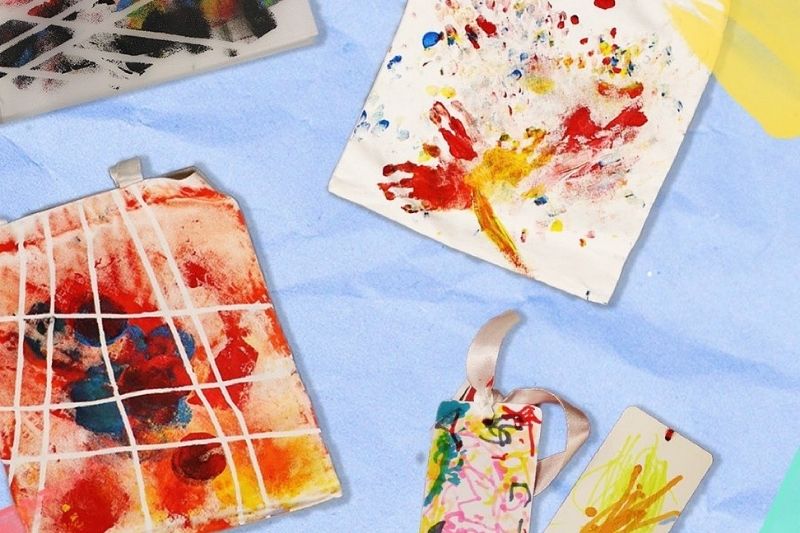
Can you tell us more about your team?
All of our team members are passionate about different forms of art. Some are really passionate about photography and videography and these are fields we’d like to explore in the future, as well. Some of our team members oversee finance, some logistics. After organising the team, the other youth come on board as facilitators or volunteers in different projects. The core team would be 11 to 12 of us.
What can we do in our daily lives to encourage young people to create more?
“I genuinely believe that you never know how good you are until you put yourself out there and try,” said Alya.
What advice do you have for young people looking to start something of their own?
Networking has really helped us, especially during the conference. Recognise the tools you already have, it’s more than enough. Surround yourself with people who have the same ideas and passions as you. We found a group of really supportive people which inspired us to dream bigger.
What is the long-term goal of Artpeace?
“We are trying to work towards the direction of the theme ‘inclusive education,’ so we really hope to expand our projects, the reach, and what participants will participate as more volunteers [join]. We hope to be able to create a bigger community of people who are passionate about these causes and who are willing to work alongside us in these different initiatives,” shared Priscilla.
“Being a new organisation, we’re enjoying that flexibility of being able to cater to a wide variety of issues by using different forms of art which I really love because it doesn’t confine us to one thing. However, we have definitely been going more in the direction of education,” she continued.
Alya added: “I think it’s really exciting to be in a very collaborative dynamic with the whole team.”
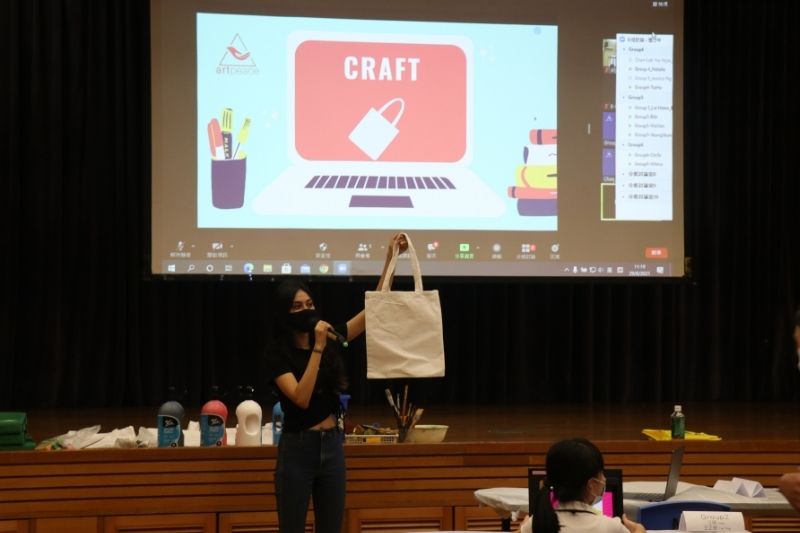
What’s next for Artpeace?
“We’re planning a project called Full STEAM Ahead which focuses on improving scientific and technological literacy for underprivileged students in Thailand. This is an extension within our aims of catering to inclusive education efforts through our own form of intervention with art,” explains Alya.
Related Articles
Art Revolution: The Digital Metamorphosis of the Art World
ColourSpace: The Social Enterprise Transforming Australia’s Offices into Art Galleries
